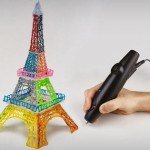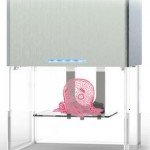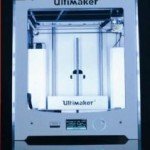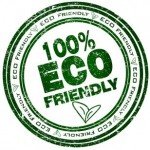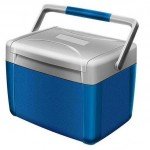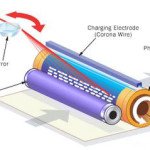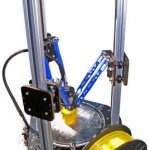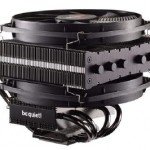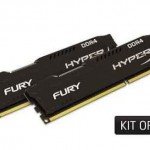3D Printing Materials Guide
ABS (ACRYLONITRILE BUTADIENE STYRENE)
 Of the three plastic filaments on offer, ABS is the cheapest and remains a favourite among the 3D printing community. A durable and strong material, with good shock-absorbing properties, slightly flexible and quite heat resistant, ABS is capable of creating dimensionally accurate 3D models and prototypes. When heated ABS will curl upwards from the surface in direct contact with the 3D printer’s bed; to maintain an accurate print this issue has to be eliminated through heating the print surface and applying an adhesive solution beforehand. ABS can also deteriorate after long exposure to sunlight and can also shrink up to one percent after cooling.
Of the three plastic filaments on offer, ABS is the cheapest and remains a favourite among the 3D printing community. A durable and strong material, with good shock-absorbing properties, slightly flexible and quite heat resistant, ABS is capable of creating dimensionally accurate 3D models and prototypes. When heated ABS will curl upwards from the surface in direct contact with the 3D printer’s bed; to maintain an accurate print this issue has to be eliminated through heating the print surface and applying an adhesive solution beforehand. ABS can also deteriorate after long exposure to sunlight and can also shrink up to one percent after cooling.
PLA (POLYLACTIC ACID)
A biodegradable thermoplastic, PLA is the most environmentally friendly 3D printing material solution available. It demonstrates much less warping than ABS, making it very suited to dimensionally accurate 3D models, prototypes and moving parts. A tough material, PLA undergoes more of a phase-change when heated than ABS, and its increased flow can lead to stronger binding between layers, improving the strength of the 3D print. PLA does not emit any fumes, but there is a slight odour when heated. It can also be sanded down and painted over with acrylic paint. With its low toxicity and variety of colours available, PLA is a popular choice.
PVA (POLYVINYL ALCOHOL)
A special plastic that’s watersoluble, PVA is sometimes used in printers with dual or multiple heads in order to provide a support structure to an object with overhang issues. The PVA material is vital to create complex prints that can only be realised by printing a support structure to hold the upper layers. The final object can simply be placed in water until the PVA has completely disappeared, freeing the object of the support structure without further post-printing curing costs. There are a few drawbacks to using PVA though: air moisture, which will deteriorate the filament very quickly, and also this type of material doesn’t come cheap and it can be difficult to source.

